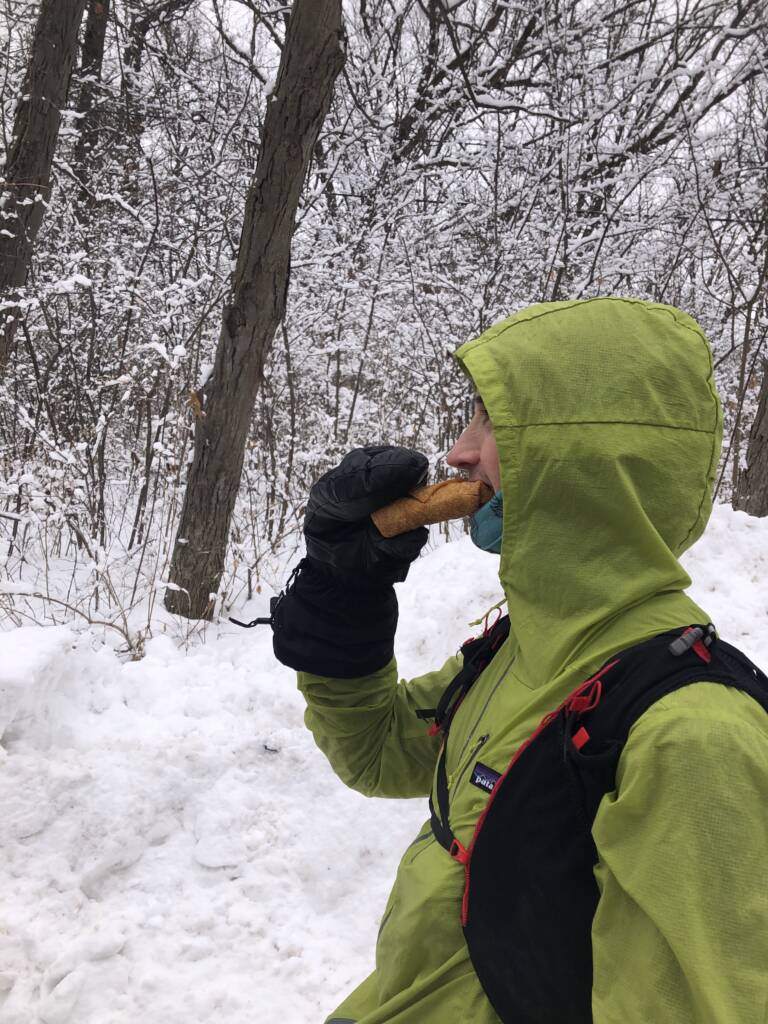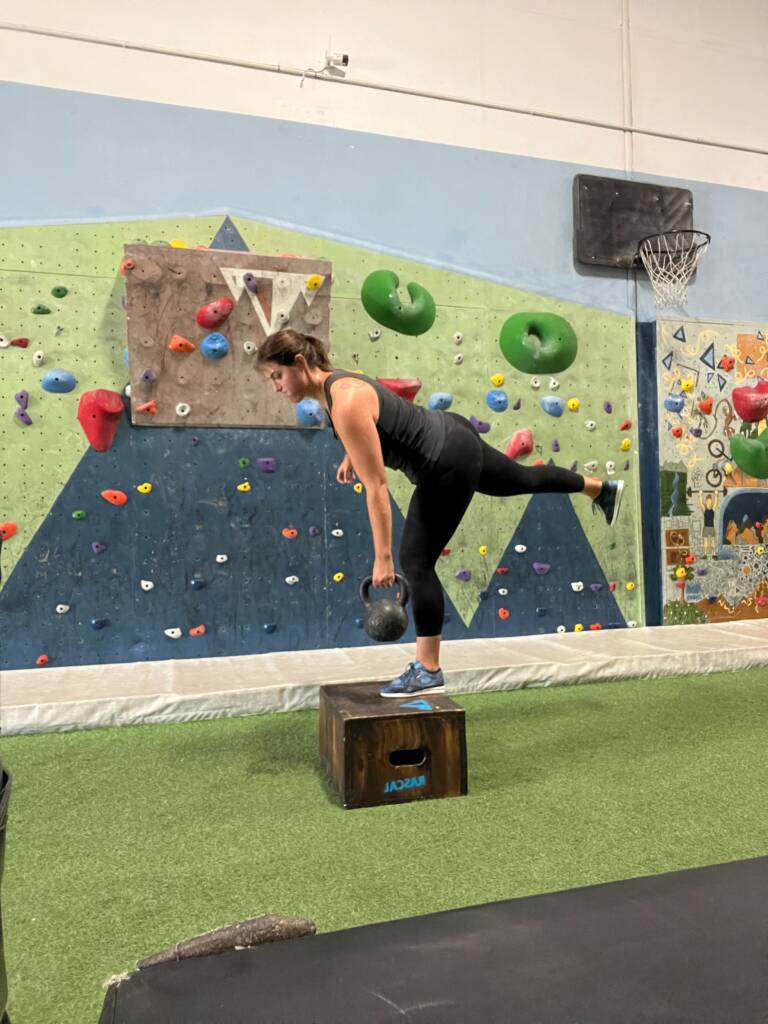I am just 6 weeks out from my wedding. Which means in a little over 6 weeks, my husband and I will be boarding a plane and heading out west to adventure in the mountains. My experience hiking out west consists of time spent in Colorado and Arizona. For our honeymoon, we are spending time in Washington and Oregon hiking Mount Hood.
Hiking the entire way around Mount Hood unfortunately won’t be on the itinerary simply because of the time of year. Being the first week of November, we are already pushing it with mountain snow storms. With that in mind, I have chosen 3 hikes for us that I think will be both challenging yet fulfilling.
Hiking Mount Hood – Itinerary
Romona Falls
This hike is a moderate 7.2 miles with 1,076 feet of elevation gain, making it a great choice for our warm-up day. The name really says it all. Expect peaceful river crossings, forest scenery, and plenty of waterfall views along the way.
Mcneal Point
This will be the hardest hike of the trip, stretching 9.3 miles with a challenging 3,356 feet of elevation gain. The climb is steady and relentless, and with the higher elevation comes the possibility of unpredictable conditions. I can already foresee this being the point where we may find ourselves in a true test against Mother Nature
Angels Rest Trail
Assuming we’ll be pretty tired from the more challenging McNeil Point hike, I decided to end our trip with Angels Rest as our final hike. At 4.5 miles round trip with 1,489 feet of elevation gain, it offers a moderate challenge without being overwhelming. While the distance isn’t very long, the trail makes up for it with its rocky and uneven terrain, which keeps things interesting.
Dealing With Winter Weather
We know that we may come across snowy, cold conditions. In fact, I am almost positive we will encounter at least some sort of winter weather on our hikes. With that in mind, we are preparing by packing heavy with some needed gear.
Shoe Traction
Just this past week I bought a new pair of YakTrax. If you have never tried YakTrax before, they are amazing! Especially if you are into winter sports. My YakTrax saved me from a fall many times when running in the winter. For the past few years I have been using the 86 Ice Walkers. These did me well with snow and with mild elevation. In Mount Hood, I will have gravity and ice against me, so I upgraded to YakTrax ice chains.
Hiking Poles with Spikes
I would recommend always at least having hiking poles in your backpack just in case. There is nothing worse than getting sore joints at the top of the mountain with another 3 miles of downhill impact to go.
When hiking Mount Hood, I will have them as a backup for steep, potentially slippery conditions.
Winter Attire
This is obviously a no brainer. With slippery, icy conditions comes cold weather. Dressing in layers is probably the best thing you can do when hiking up a mountain. The weather can switch quickly and being exposed to the wintery cold elements without proper protection can really kill the vibes of a hike.

Hiking Mount Hood Training Plan
Balance and Agility
I have never hiked Mount Hood, so I can’t say for certain what the terrain will be like. What I do know is that it will likely be uneven, unpredictable, and constantly changing as the elevation shifts and the trail winds through different landscapes. There could be rocky sections, ice, loose gravel, or steep inclines that challenge my footing, and I want to feel confident handling them all. Because of that, I’m making balance and agility training a top priority in my preparation. Strengthening these skills will help me stay steady on unstable ground, react quickly to obstacles, and reduce the risk of injury, no matter what surprises the mountain throws my way.
Aerobic Activity
Long days on the trail demand not only strong muscles but also the cardiovascular capacity to keep going without burning out too quickly. To build this kind of stamina, I have been running and walking at an incline. It’s often underrated, but walking on an incline is an effective, low-impact way to elevate the heart rate, strengthen the legs, and mimic the demands of uphill hiking without the high impact that comes with constant running.

Strength Training
Right now, I’m balancing a full-time job along with the busy (and exciting) process of planning a wedding, so my schedule is packed. With limited hours in the day and week, I’ve had to be intentional about how I train. That’s why I’ve chosen to focus on three full-body strength sessions each week. Instead of training for muscle hypertrophy, which is more about building size, I’m tailoring my workouts toward muscle endurance.
My goal is to condition my body to handle long, sustained efforts of activity. On a hike that could last anywhere from 6 to 10 hours, I’ll need my muscles to keep firing efficiently, stay resilient under fatigue, and support me for an extended period of time. Building endurance this way also helps strengthen my joints and stabilizers, which will be crucial for navigating uneven trails we talked about earlier.
I am preparing from previous experience and knowledge. Until I get hiking, I won’t know exactly how it is going to be. As much as I try to prepare, its unpredictable. That’s what is so exciting about being in the mountains!

